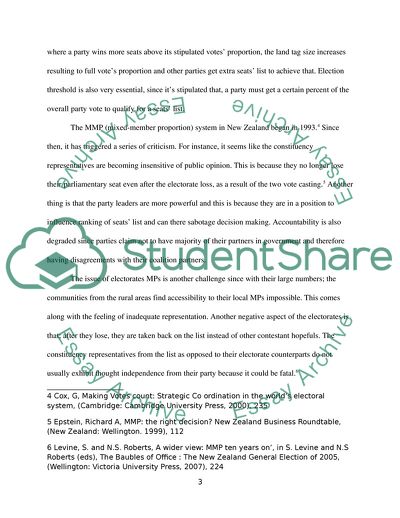Cite this document
(The Mixed-member Proportional Representation System Essay Example | Topics and Well Written Essays - 1250 words, n.d.)
The Mixed-member Proportional Representation System Essay Example | Topics and Well Written Essays - 1250 words. https://studentshare.org/politics/1770313-politicals-mmp-electoral-systems
The Mixed-member Proportional Representation System Essay Example | Topics and Well Written Essays - 1250 words. https://studentshare.org/politics/1770313-politicals-mmp-electoral-systems
(The Mixed-Member Proportional Representation System Essay Example | Topics and Well Written Essays - 1250 Words)
The Mixed-Member Proportional Representation System Essay Example | Topics and Well Written Essays - 1250 Words. https://studentshare.org/politics/1770313-politicals-mmp-electoral-systems.
The Mixed-Member Proportional Representation System Essay Example | Topics and Well Written Essays - 1250 Words. https://studentshare.org/politics/1770313-politicals-mmp-electoral-systems.
“The Mixed-Member Proportional Representation System Essay Example | Topics and Well Written Essays - 1250 Words”. https://studentshare.org/politics/1770313-politicals-mmp-electoral-systems.


